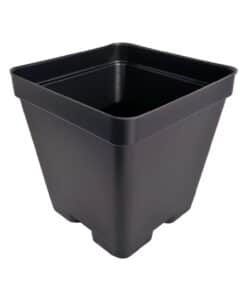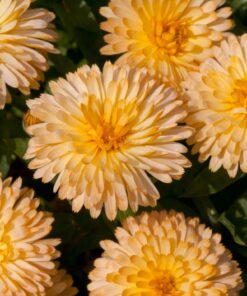-
×
Square Pots for Cactus succulent Container pack of 1 size 13.5x9.5x13cm SQ130
1 × ₹35.00 -
×
 Calendula Bon Bon Apricot Pack of 30-40 seeds Imported
1 × ₹80.00
Calendula Bon Bon Apricot Pack of 30-40 seeds Imported
1 × ₹80.00 -
×
 Ferocactus Glaucescens Inermis Cactus clump plant
1 × ₹799.00
Ferocactus Glaucescens Inermis Cactus clump plant
1 × ₹799.00
Subtotal: ₹914.00

 Square Pots for Cactus succulent Container pack of 1 size 13.5x9.5x13cm SQ130
Square Pots for Cactus succulent Container pack of 1 size 13.5x9.5x13cm SQ130  Calendula Bon Bon Apricot Pack of 30-40 seeds Imported
Calendula Bon Bon Apricot Pack of 30-40 seeds Imported  Ferocactus Glaucescens Inermis Cactus clump plant
Ferocactus Glaucescens Inermis Cactus clump plant 










Reviews
There are no reviews yet.